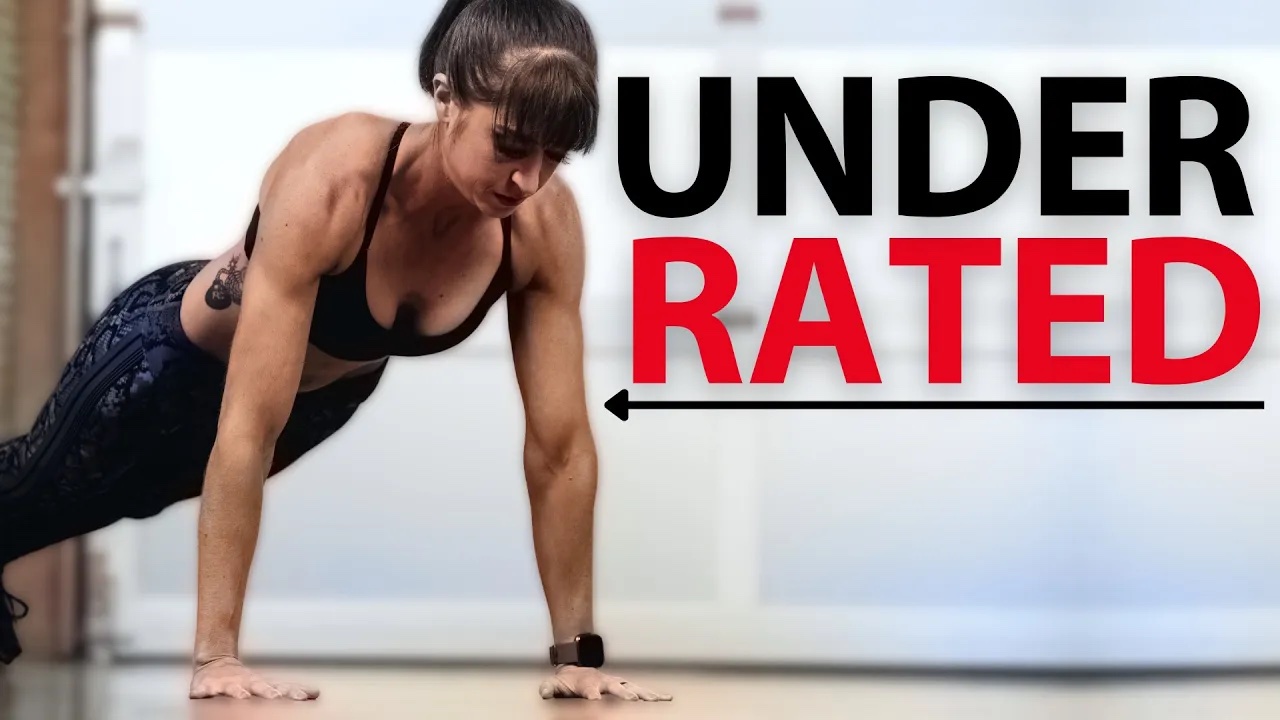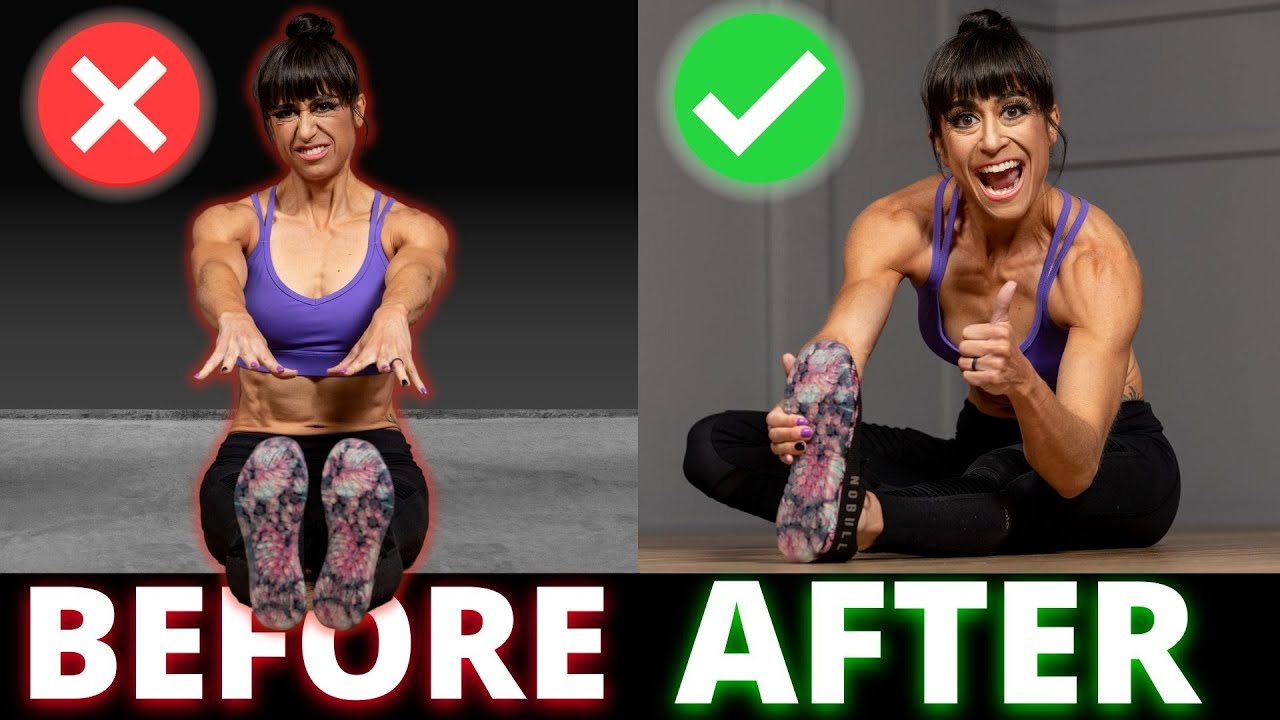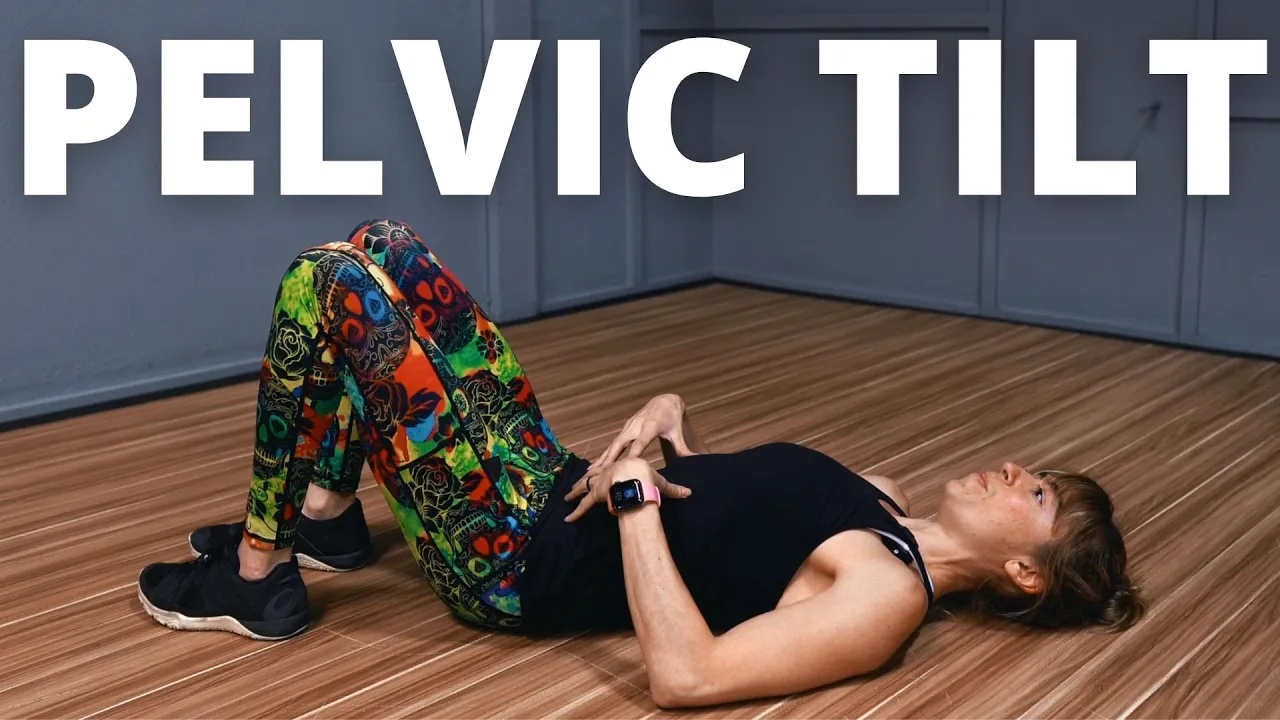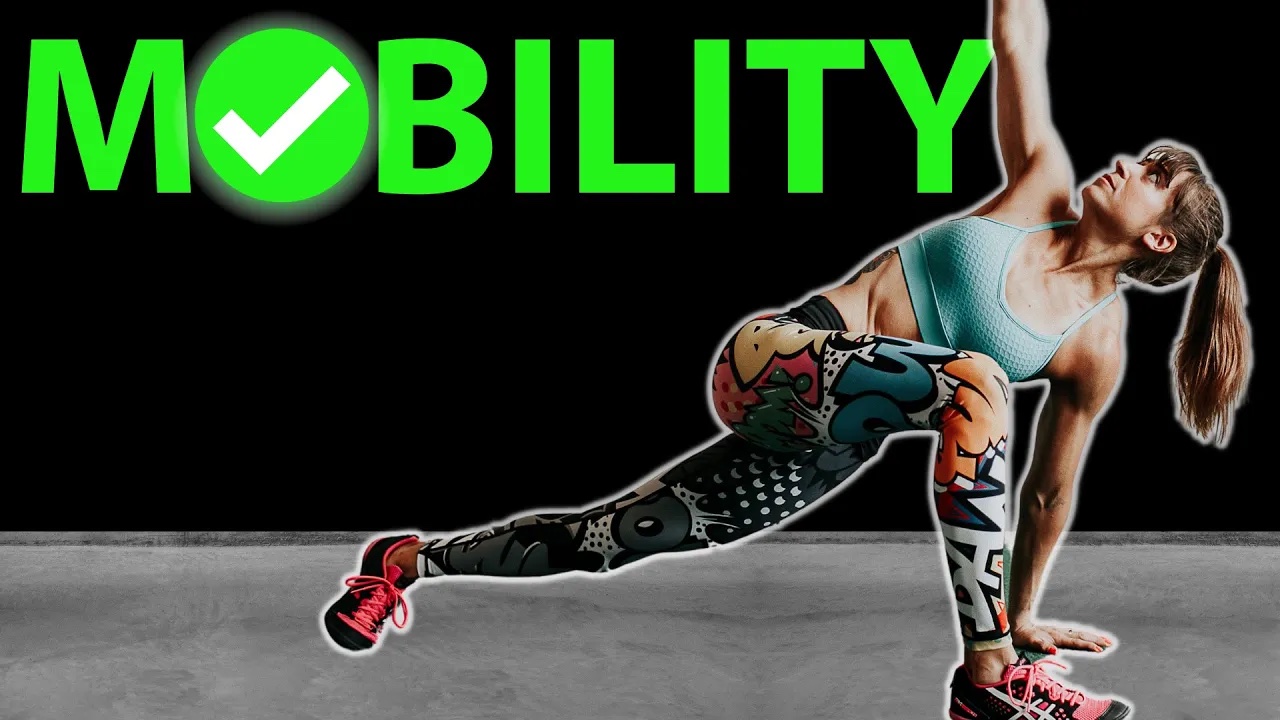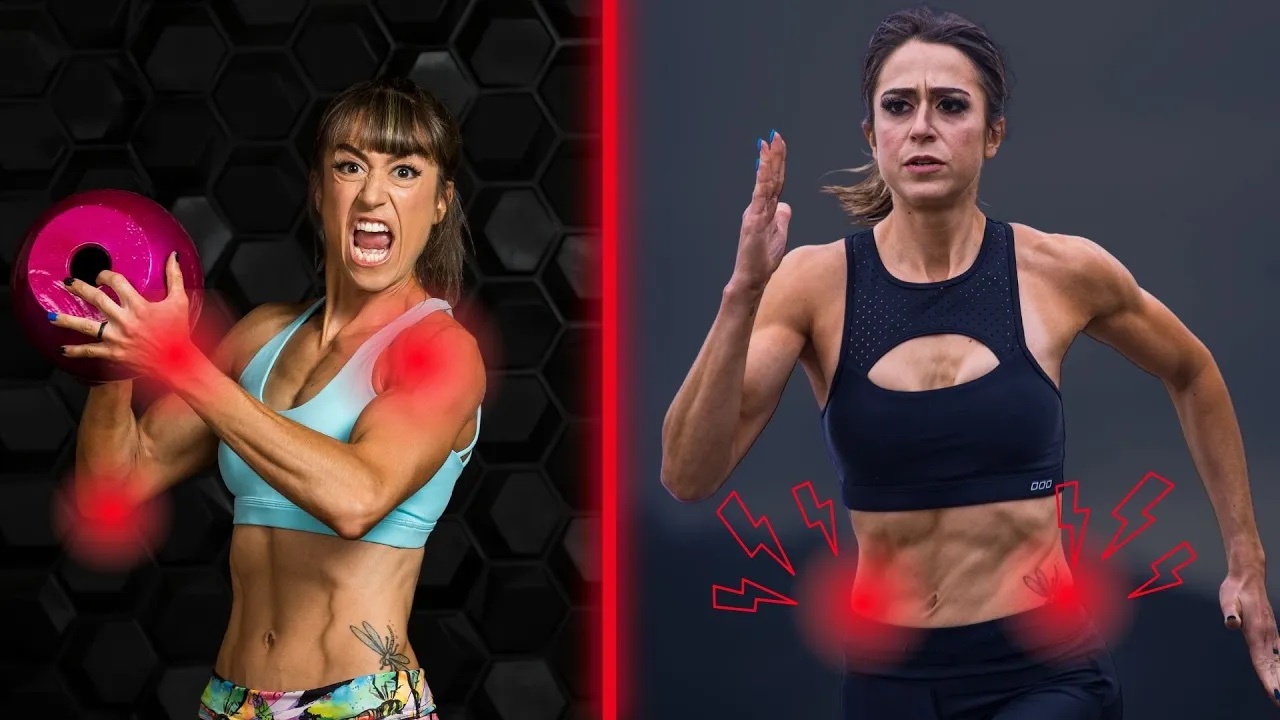
5 Mistakes That Got Me INJURED (Avoid These!)
Injuries suck.
No one likes them. No one wants them.
And they only seem to add up more and more the older we get.
I’ve personally suffered from far too many of them because of ego and stupid mistakes.
Mistakes I want to help you avoid.
That’s why in this video I’m going to go over 5 training mistakes I made that lead to injury to help you avoid making the same mistakes and even come back stronger than ever no matter your age!
By learning from my own mistakes, I now feel stronger and move better than ever before and have helped many of my clients overcome chronic aches and pains to move and feel their best as well!
So let’s jump right in with mistake #1….

Mistake #1: Just resting an injury.
Rest can be a key component of recovery.
But far too often we just rest it then go right back to what we were doing that lead to the injury in the first place.
We never actually correct the underlying cause or problem.
We never address the movement compensation causing overload.
And then we wonder why a few months later we are sidelined with the same issue or another injury even on that same side of our body.
Resting it doesn’t fix the problem!
If you have an injury, you need to assess what lead to the overload of that area in the first place.
Because often the point of pain, the place that got injured, isn’t even where the problem started.
Even previous injuries may have resulted in changes to our movement patterns leading to the issues we now have.
Like that ankle sprain you got years ago you never rehabbed may be why you have hip or lower back aches and pains now.
So instead of just resting an area, or even if you do need to rest to recover to start, focus on taking things back to basics and doing that rehab work to improve your mind-body connection and make sure you are performing exercises correctly.
You want to come back to training and work on improving and retraining proper movements over just going back to what you were doing.
And regress to progress. Start back slowly to make sure you’re building up using the correct muscles to power moves!
Which brings me to Mistake #2: Focusing only on proper form.
The more advanced an exerciser you are, the more you know what proper form should be…
And the more you can also CHEAT and compensate.
So picture perfect form doesn’t always mean we’re using the correct muscles.
And this ability to mimic proper form is also why you can get injured while saying, “I have great form with moves! I know what I’m doing!”
Too often we force a movement pattern we can’t fully control, which leads to us overusing muscles not meant to handle the load or seeking out mobility from joints that aren’t meant to help us get that range of motion and movement.
It’s why we may feel our lower backs as we try to extend our spine to perform the bent over row with a straight back.
If we have limited thoracic mobility, due to hunching over a computer, we may end up overarching our lower back to compensate.
This can then lead to us overusing our lower back and ending up with back pain while our row form looks good.
We also have to remember that proper form isn’t a one size fits all thing. There are variations to what is perfect.
Like with the squat….
Social media may show you this one version of a picture perfect squat with super upright torso, feet hip width and completely straight ahead as the person squats ass to grass…
But if you have a shorter torso and longer femurs or a different hip socket shape and depth, you may need a different stance or have more of a forward lean.
We don’t want to just ignore the importance of form, but we do want to recognize that there are acceptable variations we may each need based on build or even previous injuries or even mobility restrictions.
If we try to force our body into a form mold that doesn’t fit, if we try to do a move we can’t control using the correct muscles, we are going to end up injured.
So focus not only on the movement pattern itself, but what you actually feel working to power the move.
And don’t be afraid to use variations or tweaks to movements to fit what you need!
Next Mistake #3: Not keeping in rehab as prehab.
You can NEVER stop doing what makes you better.
And so often future injuries are a result of PREVIOUS aches and pains we didn’t fully address or keep addressing.
How many of us have had an injury, done some rehab, had it go away, stopped the rehab then been frustrated when it seems like the injury keeps flaring back up?
It’s because we stopped doing the rehab that improved our mobility and built up strength in underactive and weak muscles!
And the second we stop doing what made us better, we start to fall back into old postures, movements and recruitment patterns, overusing muscles not meant to carry the load.
Often we want to default back into movement patterns we did for a long time that have become natural.
Movement patterns and postures we constantly have to fight against to ingrain new ones that will become natural only with time.
Time we don’t often truly dedicate to the changes!
So once you finish up rehab and start feeling good, you need to turn that rehab into prehab.
You can’t just stop it at the first sign of feeling better and go back to what you were doing!
Include that prehab as part of your warm up or on recovery days BEFORE anything adds up!
This helps ensure you’re using the correct muscles in movements and have mobilized joints to work through a full range of motion.
And if you do feel any aches starting to slightly reappear, whether you’ve spent longer hours at your desk or have been traveling and got a bit lax on your prehab, step up that mobility and stability work and assess what other moves in your workouts you may need to modify to address what is going on!
But don’t think just because you did some physio or rehab for a bit the issue is magically solved forever!
We get good at what we consistently do and we need to keep doing those boring basics to maintain the foundation we built!
And while prehab and mobility work is key…
We can’t out rehab our daily movements and the way we then train in our workouts…
This is why you have to be conscious of Mistake #4: Not checking your ego at the gym door.
Trust me…I want to push hard in my training sessions.
And I know ego can push me to want to eek out an extra rep or use a heavier weight even as my form breaks down.
There are definitely those workouts where I finish a set and know I wasn’t engaging the correct muscles as I got tired…yet I pushed through anyway.
This happens because we want to see results and we want to see them now.
But there is a fine line we have to tread when it comes to pushing hard and pushing to a point where we are ultimately creating overload and pain.
We need to focus on being intentional with our workouts and making each rep quality.
We need to realize when our ego needs to be put in check.
We also need to embrace MODIFYING at times to get more out of moves.
Sometimes we advance to a movement we haven’t earned, thinking if the exercise is technically harder it will help us see better results faster.
But since we haven’t earned the move, we compensate. We don’t actually work the muscles fully that we want to target.
Not only does this not get us the full benefit of the move, so we’re wasting effort and time, but it can lead to injury.
If we instead had modified and regressed to progress, we could have made the move harder for ourselves because we were actually able to use the correct muscles.
So as much as you may want to do that push up from your toes, check your ego.
If your hips are sagging, your head is jutting forward or your form is just fugly, modify it to make it picture perfect.
That tweak can actually make the move HARDER because you’re able to use the correct muscles. And you’ll see better results because of it.
Modifying doesn’t mean making a move easier. It means making a move match what you need.
And this can help you train harder without creating aches and pains!
And this final mistake is one we so often make and think we could “get away with” when we were younger…Only to now realize “getting away with it” may be why we have more aches and pains…
Mistake #5: Not doing a proper warm up.
Ever go into a workout without doing a warm up because you’re short on time and feel like it takes multiple rounds of your training session or even half your workout before you’re feeling warm and squatting as low as you’d like?
Well not only did you end up wasting half your workout time by not “wasting time” warming up, but you also put yourself at greater risk for overload and injury.
We have to recognize that our bodies aren’t primed for the movements we are about to do because we’ve spent our day driving in a car or hunched over a computer or doing other repetitive movements and suboptimal postures.
So that heavy overhead press you want to perform that keeps hurting your shoulder or neck or back, may be because you aren’t addressing your hunched over desk posture and first working on your thoracic extension.
You aren’t doing the mobility work to properly press overhead and engage your upper back while having proper scapular control.
But all you need to do to fix this is include foam rolling, stretching and activation in your warm up prior! And do so CONSISTENTLY!
Your warm up is the time you address daily postures and ready your body for the movements you are going to do.
It is the time you can address past aches and pains to make sure you’re not creating the same overload that can lead to injury.
This prehab work done just even for 5-10 minutes in your warm up CONSISTENTLY can add up more than a once a week recovery session.
So in your warm up…
Foam roll to relax tight and overactive muscles…
Perform dynamic stretches to warm up your body and mobilize your joints…
Then include activation moves to engage those underactive muscles while improving your mobility and stability.
Through this 3-part prehab process, you can ready your body to put in some quality work during your workout.
You can help prevent your desk job posture and lack of activity during the day from impacting how you train!
If you want to avoid aches and pains from getting worse and adding up more and more over the decades, focus on truly addressing what caused the pain in the first place.
Don’t push through it. Don’t skip your prehab.
Focus on what you feel working in movements and never stop doing what made you feel better!
For more injury resources, CLICK HERE.

